
Deutsch-Chinesische Enzyklopädie, 德汉百科
 Gansu Sheng-GS
Gansu Sheng-GS
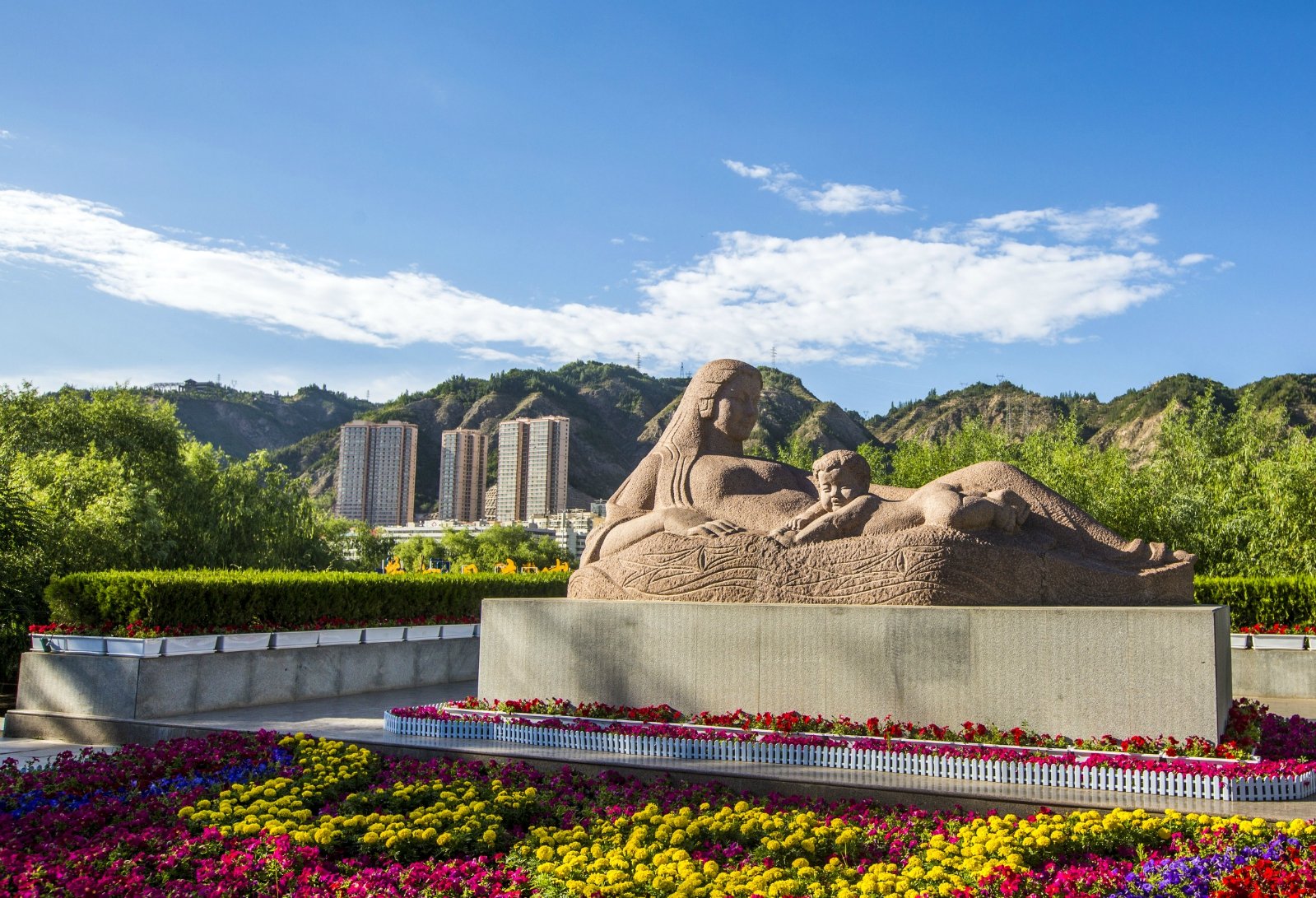
 Beijing Shi-BJ
Beijing Shi-BJ
 Belarus
Belarus

 Berlin
Berlin

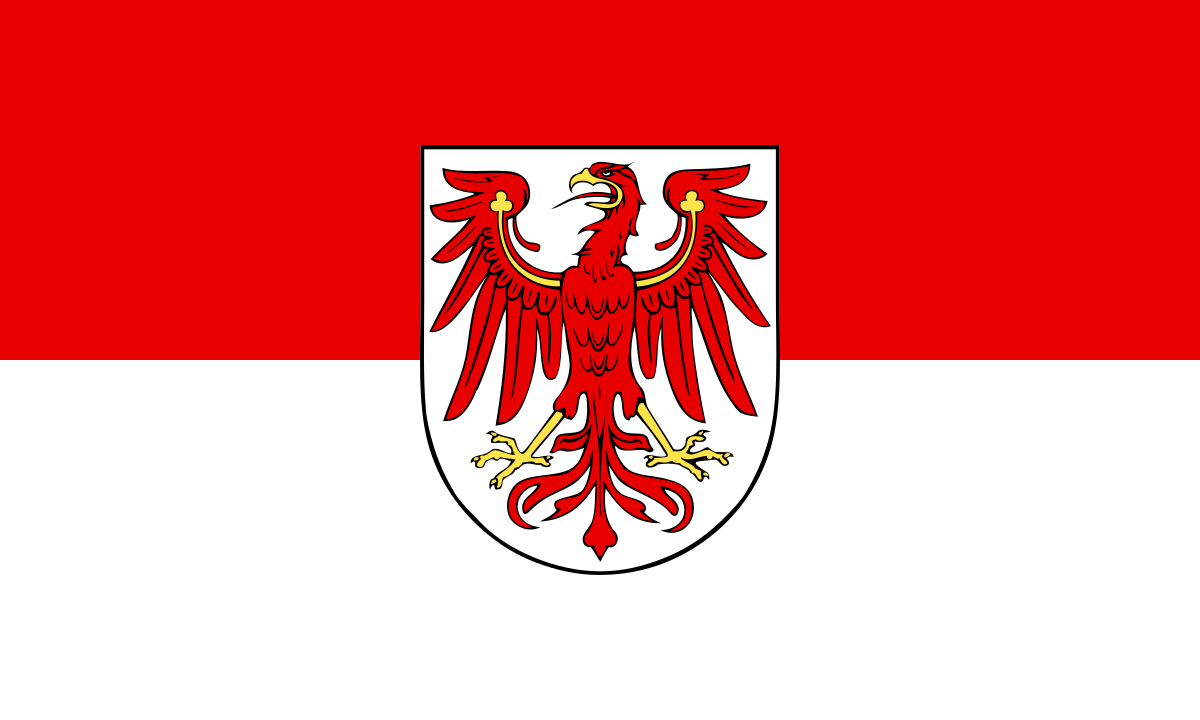 Brandenburg
Brandenburg

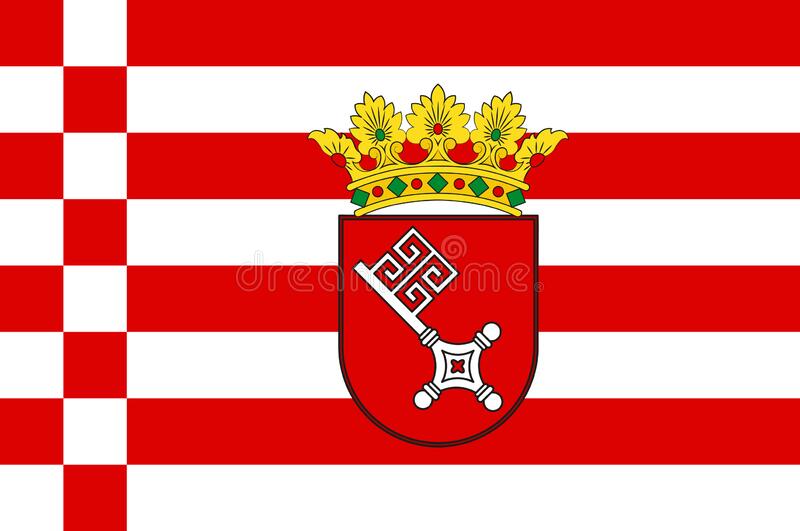 Bremen
Bremen
 China
China
 Germany
Germany
 France
France
 Gansu Sheng-GS
Gansu Sheng-GS

 Hamburg
Hamburg
 Hebei Sheng-HE
Hebei Sheng-HE
 Heilongjiang Sheng-HL
Heilongjiang Sheng-HL
 Henan Sheng-HA
Henan Sheng-HA
 Hubei Sheng-HB
Hubei Sheng-HB
 Hunan Sheng-HN
Hunan Sheng-HN
 Iran
Iran
 Italy
Italy
 Jilin Sheng-JL
Jilin Sheng-JL
 Kasachstan
Kasachstan
 Liaoning Sheng-LN
Liaoning Sheng-LN
 Nei Mongol Zizhiqu-NM
Nei Mongol Zizhiqu-NM
 Netherlands
Netherlands

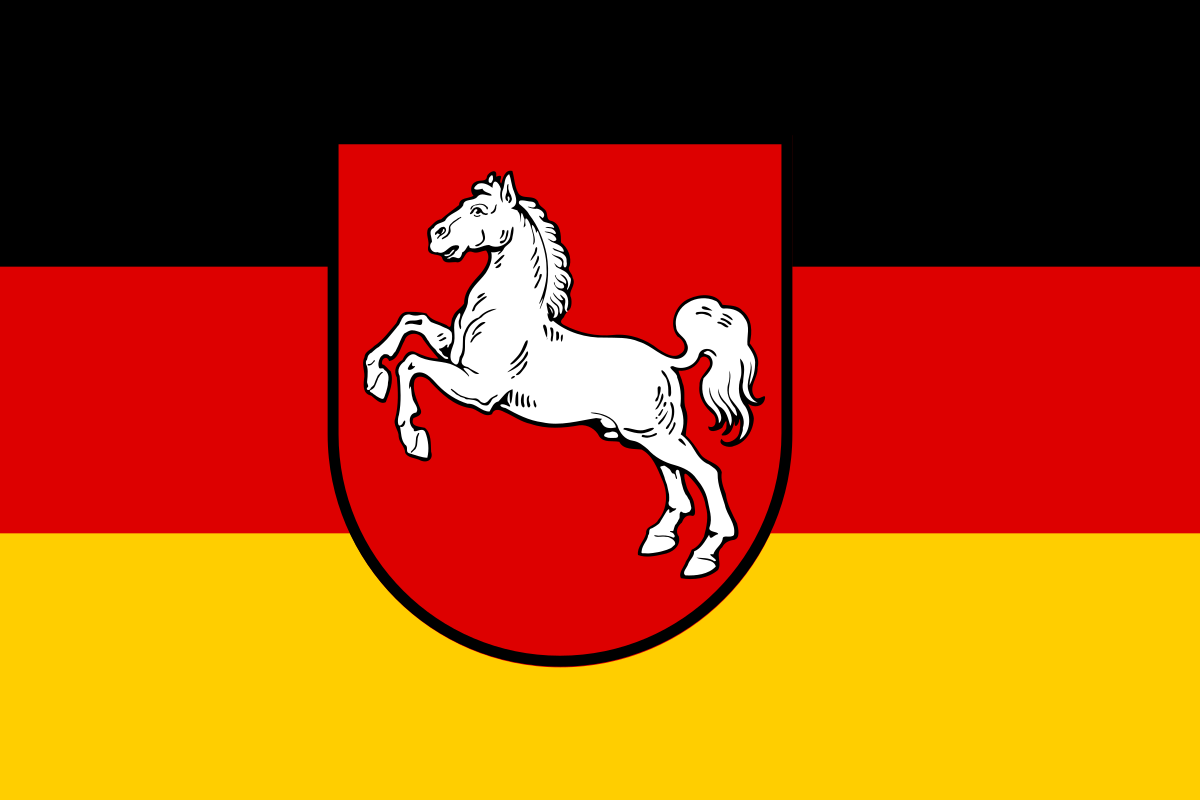 Lower Saxony
Lower Saxony
 Ningxia Huizu Zizhiqu-NX
Ningxia Huizu Zizhiqu-NX

 North Rhine-Westphalia
North Rhine-Westphalia
 Poland
Poland
 Portugal
Portugal
 Russia
Russia

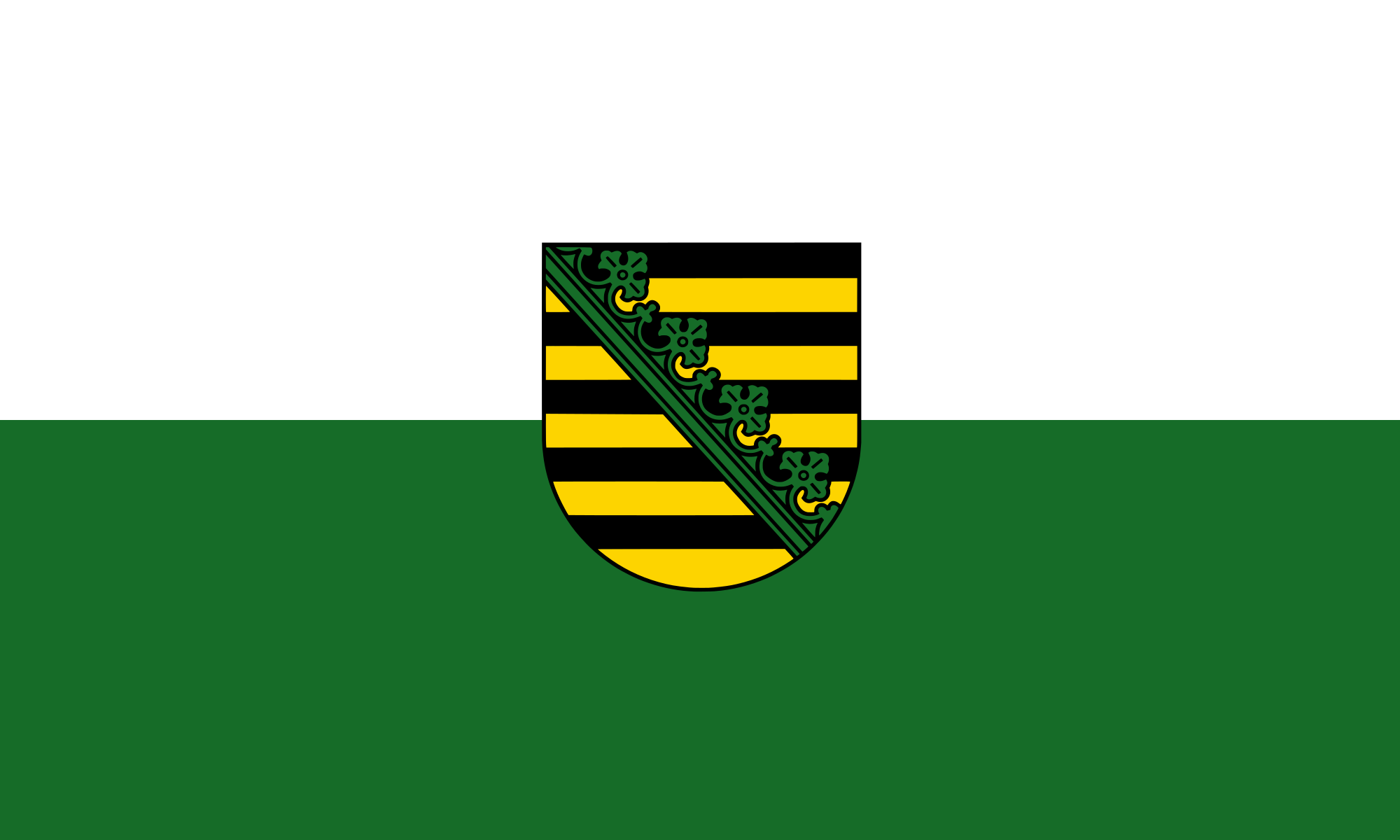 Saxony
Saxony

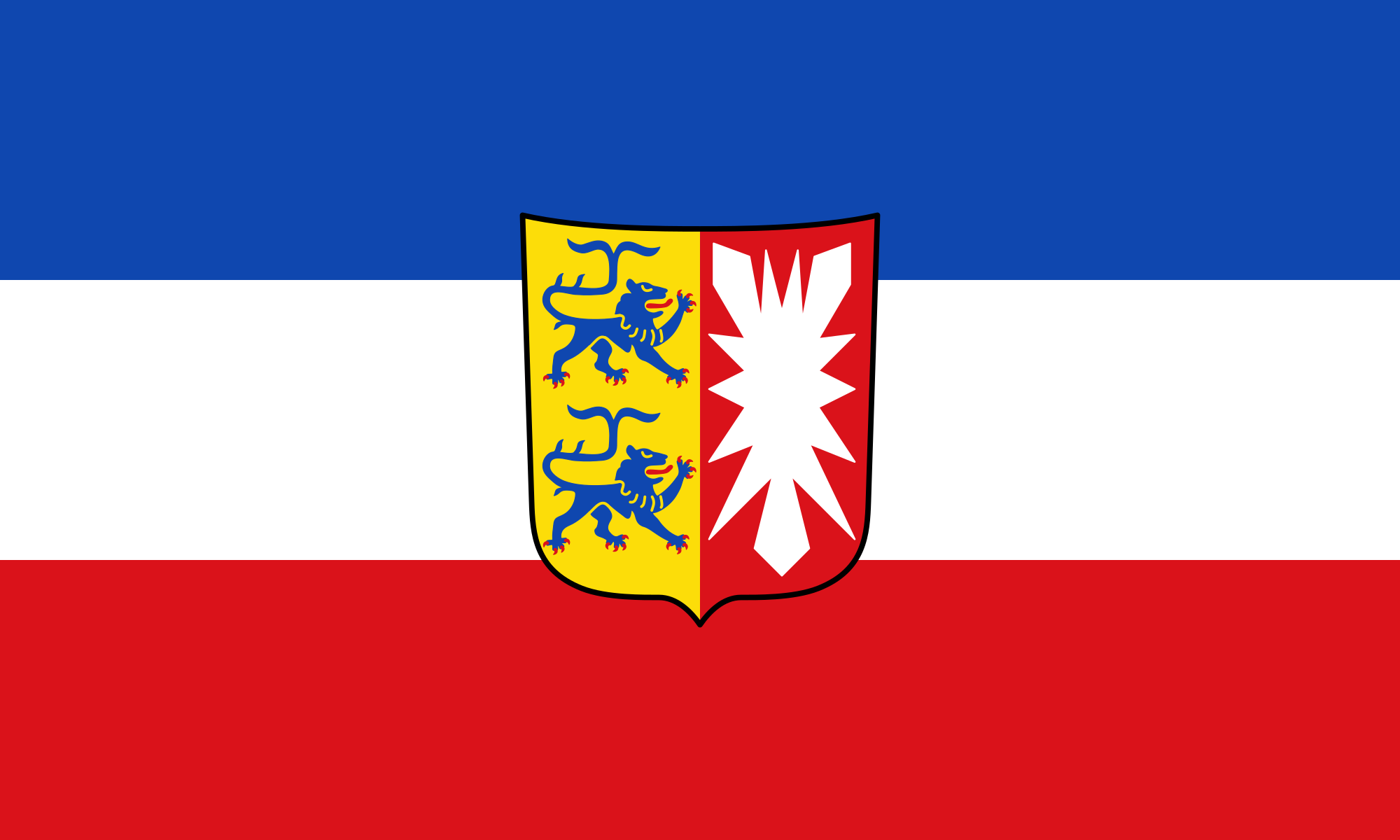 Schleswig-Holstein
Schleswig-Holstein
 Shaanxi Sheng-SN
Shaanxi Sheng-SN
 Shandong Sheng-SD
Shandong Sheng-SD
 Shanxi Sheng-SX
Shanxi Sheng-SX
 Sichuan Sheng-SC
Sichuan Sheng-SC
 Spain
Spain
 Turkey
Turkey
 Turkmenistan
Turkmenistan
 Uzbekistan
Uzbekistan
 United Kingdom
United Kingdom
 Xinjiang Uygur Zizhiqu-XJ
Xinjiang Uygur Zizhiqu-XJ
 Zhejiang Sheng-ZJ
Zhejiang Sheng-ZJ
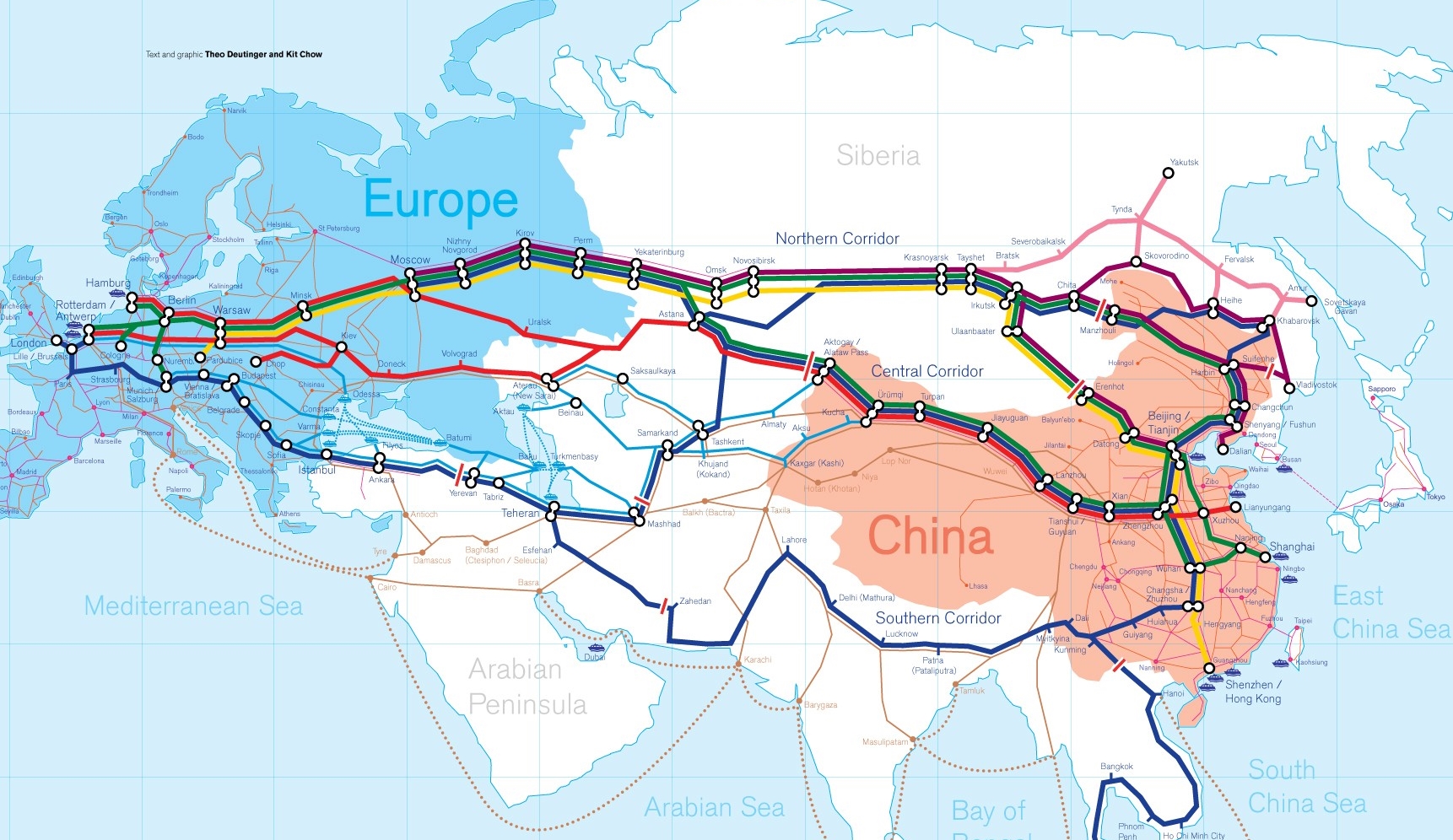
Die Neue eurasische Kontinentalbrücke (chinesisch 新亚欧大陆桥, Pinyin Xīn Yà-Ōu Dàlù Qiáo, englisch New Eurasian Continental Bridge), die auch Zweite eurasische Kontinentalbrücke (第二亚欧大陆桥, Dì'èr Yà-Ōu Dàlù Qiáo, englisch Second Eurasian Continental Bridge) genannt wird, ist eine 10.870 Kilometer[1] lange Eisenbahnverbindung, die Rotterdam in Europa mit der ostchinesischen Hafenstadt Lianyungang in der Provinz Jiangsu verbindet.
Sie besteht seit 1990 und führt durch die Dsungarische Pforte (Grenzbahnhof Alashankou). Die Lan-Xin-Bahn (chinesisch 兰新铁路, Pinyin Lán-Xīn Tiělù), also die Strecke von Lanzhou nach Ürümqi (in Xinjiang), ist ein Teil von ihr.
Es gibt eine nördliche, mittlere und südliche Route.[2] Die mittlere Strecke verläuft durch Kasachstan über Dostyk, Aqtogai, Astana, Samara, Smolensk, Brest, Warschau, Berlin zum Hafen von Rotterdam.[3] Vom slowakischen Košice soll auch eine Abzweigung in den Großraum Wien führen, siehe Breitspurstrecke Košice–Wien.
The New Eurasian Land Bridge, also called the Second or New Eurasian Continental Bridge, is the southern branch of the Eurasian Land Bridge rail links running through China. The Eurasian Land Bridge is the overland rail link between Asia and Europe.
Due to a break-of-gauge between standard gauge used in China and the Russian gauge used in the former Soviet Union countries, containers must be physically transferred from Chinese to Kazakh railway cars at Dostyk on the Chinese-Kazakh border and again at the Belarus-Poland border where the standard gauge used in western Europe begins. This is done with truck-mounted cranes.[1] Chinese media often states that the New Eurasian Land/Continental Bridge extends from Lianyungang to Rotterdam, a distance of 11,870 kilometres (7,380 mi). The exact route used to connect the two cities is not always specified in Chinese media reports, but appears to usually refer to the route which passes through Kazakhstan.
All rail freight from China across the Eurasian Land Bridge must pass north of the Caspian Sea through Russia at some point. A proposed alternative would pass through Turkey and Bulgaria,[2] but any route south of the Caspian Sea must pass through Iran.[1]
Kazakhstan's President Nursultan Nazarbayev urged Eurasian and Chinese leaders at the 18th Shanghai Cooperation Organisation to construct the Eurasian high-speed railway (EHSRW) following a Beijing-Astana-Moscow-Berlin.[3]
The Eurasian Land Bridge (Russian: Евразийский сухопутный мост, Yevraziyskiy sukhoputniy most), sometimes called the New Silk Road (Новый шёлковый путь, Noviy shyolkoviy put'), or Belt and Road Initiative is the rail transport route for moving freight and passengers overland between Pacific seaports in the Russian Far East and China and seaports in Europe. The route, a transcontinental railroad and rail land bridge, currently comprises the Trans-Siberian Railway, which runs through Russia and is sometimes called the Northern East-West Corridor, and the New Eurasian Land Bridge or Second Eurasian Continental Bridge, running through China and Kazakhstan. As of November 2007, about 1% of the $600 billion in goods shipped from Asia to Europe each year were delivered by inland transport routes.[1]
Completed in 1916, the Trans-Siberian connects Moscow with Russian Pacific seaports such as Vladivostok. From the 1960s until the early 1990s the railway served as the primary land bridge between Asia and Europe, until several factors caused the use of the railway for transcontinental freight to dwindle. One factor is that the railways of the former Soviet Union use a wider rail gauge than most of the rest of Europe as well as China. Recently, however, the Trans-Siberian has regained ground as a viable land route between the two continents.[why?]
China's rail system had long linked to the Trans-Siberian via northeastern China and Mongolia. In 1990 China added a link between its rail system and the Trans-Siberian via Kazakhstan. China calls its uninterrupted rail link between the port city of Lianyungang and Kazakhstan the New Eurasian Land Bridge or Second Eurasian Continental Bridge. In addition to Kazakhstan, the railways connect with other countries in Central Asia and the Middle East, including Iran. With the October 2013 completion of the rail link across the Bosphorus under the Marmaray project the New Eurasian Land Bridge now theoretically connects to Europe via Central and South Asia.
Proposed expansion of the Eurasian Land Bridge includes construction of a railway across Kazakhstan that is the same gauge as Chinese railways, rail links to India, Burma, Thailand, Malaysia and elsewhere in Southeast Asia, construction of a rail tunnel and highway bridge across the Bering Strait to connect the Trans-Siberian to the North American rail system, and construction of a rail tunnel between South Korea and Japan. The United Nations has proposed further expansion of the Eurasian Land Bridge, including the Trans-Asian Railway project.
El Nuevo Puente de Tierra de Eurasia es también llamado el Segundo o Nuevo Puente Continental de Eurasia. Es la rama meridional de las conexiones ferroviarias del Puente de Tierra de Eurasia (también conocido como "Nueva Ruta de la Seda") que se extienden a través de la República Popular China, atravesando Kazajistán, Rusia y Bielorrusia. El Puente de Tierra de Eurasia es el enlace ferroviario terrestre entre Asia Oriental y Europa.
La Nueva Ruta de la Seda (en ruso, Новый шёлковый путь, Noviy shyolkoviy put), o Puente Terrestre Euroasiático, es la ruta de transporte ferroviario para el movimiento de tren de mercancías y tren de pasajeros por tierra entre los puertos del Pacífico, en el Lejano Oriente ruso y chino y los puertos marítimos en Europa.
La ruta, un ferrocarril transcontinental y puente terrestre, actualmente comprende el ferrocarril Transiberiano, que se extiende a través de Rusia, y el nuevo puente de tierra de Eurasia o segundo puente continental de Eurasia, que discurre a través de China y Kazajistán, también se van a construir carreteras entre las ciudades de la ruta. A partir de noviembre de 2007, aproximadamente el 1% de los 600 millones de dólares en bienes enviados desde Asia a Europa cada año se entregaron por vías de transporte terrestre.1
Terminado en 1916, el tren Transiberiano conecta Moscú con el lejano puerto de Vladivostok en el océano Pacífico, el más largo del mundo en el Lejano Oriente e importante puerto del Pacífico. Desde la década de 1960 hasta principios de 1990 el ferrocarril sirvió como el principal puente terrestre entre Asia y Europa, hasta que varios factores hicieron que el uso de la vía férrea transcontinental para el transporte de carga disminuyese.
Un factor es que los ferrocarriles de la Unión Soviética utilizan un ancho de vía más ancho en los rieles que la mayor parte del resto de Europa y China, y el transporte en barcos de carga por el canal de Suez en Egipto, construido por Inglaterra. El sistema ferroviario de China se une al Transiberiano en el noreste de China y Mongolia. En 1990 China añadió un enlace entre su sistema ferroviario y el Transiberiano a través de Kazajistán. China denomina a su enlace ferroviario ininterrumpido entre la ciudad portuaria de Lianyungang y Kazajistán como el «Puente terrestre de Nueva Eurasia» o «Segundo puente continental Euroasiático». Además de Kazajistán, los ferrocarriles conectan con otros países de Asia Central y Oriente Medio, incluyendo a Irán. Con la finalización en octubre de 2013 de la línea ferroviaria a través del Bósforo en el marco del proyecto Marmaray el puente de tierra de Nueva Eurasia conecta ahora teóricamente a Europa a través de Asia Central y del Sur.
La propuesta de ampliación del Puente Terrestre Euroasiático incluye la construcción de un ferrocarril a través de Kazajistán con el mismo ancho de vía que los ferrocarriles chinos, enlaces ferroviarios a la India, Birmania, Tailandia, Malasia y otros países del sudeste asiático, la construcción de un túnel ferroviario y un puente de carretera a través del estrecho de Bering para conectar el Transiberiano al sistema ferroviario de América del Norte, y la construcción de un túnel ferroviario entre Corea del Sur y Japón. Las Naciones Unidas ha propuesto una mayor expansión del Puente Terrestre Euroasiático, incluyendo el proyecto del ferrocarril transasiático.
Новый шёлковый путь (Евразийский сухопутный мост — концепция новой паневразийской (в перспективе — межконтинентальной) транспортной системы, продвигаемой Китаем, в сотрудничестве с Казахстаном, Россией и другими странами, для перемещения грузов и пассажиров по суше из Китая в страны Европы. Транспортный маршрут включает трансконтинентальную железную дорогу — Транссибирскую магистраль, которая проходит через Россию и второй Евразийский континентальный мост[en], проходящий через Казахстан[1]. Поезда по этому самому длинному в мире грузовому железнодорожному маршруту из Китая в Германию будут идти 15 дней, что в 2 раза быстрее, чем по морскому маршруту через Суэцкий канал[2].
Идея Нового шёлкового пути основывается на историческом примере древнего Великого шёлкового пути, действовавшего со II в. до н. э. и бывшего одним из важнейших торговых маршрутов в древности и в средние века. Современный НШП является важнейшей частью стратегии развития Китая в современном мире — Новый шёлковый путь не только должен выстроить самые удобные и быстрые транзитные маршруты через центр Евразии, но и усилить экономическое развитие внутренних регионов Китая и соседних стран, а также создать новые рынки для китайских товаров (по состоянию на ноябрь 2007 года, около 1 % от товаров на 600 млрд долл. из Азии в Европу ежегодно доставлялись наземным транспортом[3]).
Китай продвигает проект «Нового шёлкового пути» не просто как возрождение древнего Шёлкового пути, транспортного маршрута между Востоком и Западом, но как масштабное преобразование всей торгово-экономической модели Евразии, и в первую очередь — Центральной и Средней Азии. Китайцы называют эту концепцию — «один пояс — один путь». Она включает в себя множество инфраструктурных проектов, которые должны в итоге опоясать всю планету. Проект всемирной системы транспортных коридоров соединяет Австралию и Индонезию, всю Центральную и Восточную Азию, Ближний Восток, Европу, Африку и через Латинскую Америку выходит к США. Среди проектов в рамках НШП планируются железные дороги и шоссе, морские и воздушные пути, трубопроводы и линии электропередач, и вся сопутствующая инфраструктура. По самым скромным оценкам, НШП втянет в свою орбиту 4,4 миллиарда человек — более половины населения Земли[4].
Предполагаемое расширение Евразийского сухопутного моста включает в себя строительство железнодорожных путей от трансконтинентальных линий в Иран, Индию, Мьянму, Таиланд, Пакистан, Непал, Афганистан и Малайзию, в другие регионы Юго-Восточной Азии и Закавказья (Азербайджан, Грузия). Маршрут включает тоннель Мармарай под проливом Босфор, паромные переправы через Каспийское море (Азербайджан-Иран-Туркменистан-Казахстан) и коридор Север-Юг.Организация Объединенных Наций предложила дальнейшее расширение Евразийского сухопутного моста, в том числе проекта Трансазиатской железной дороги (фактически существует уже в 2 вариантах).
Для развития инфраструктурных проектов в странах вдоль Нового шёлкового пути и Морского Шёлкового пути и с целью содействия сбыту китайской продукции в декабре 2014 года был создан инвестиционный Фонд Шёлкового пути[5].
8 мая 2015 года было подписано совместное заявление Президента РФ В. Путина и Председателя КНР Си Цзиньпина о сотрудничестве России и Китая, в рамках ЕАЭС и трансевразийского торгово-инфраструктурного проекта экономического пояса «Шёлковый путь». 13 июня 2015 года был запущен самый длинный в мире грузовой железнодорожный маршрут Харбин — Гамбург (Германия), через территорию России.
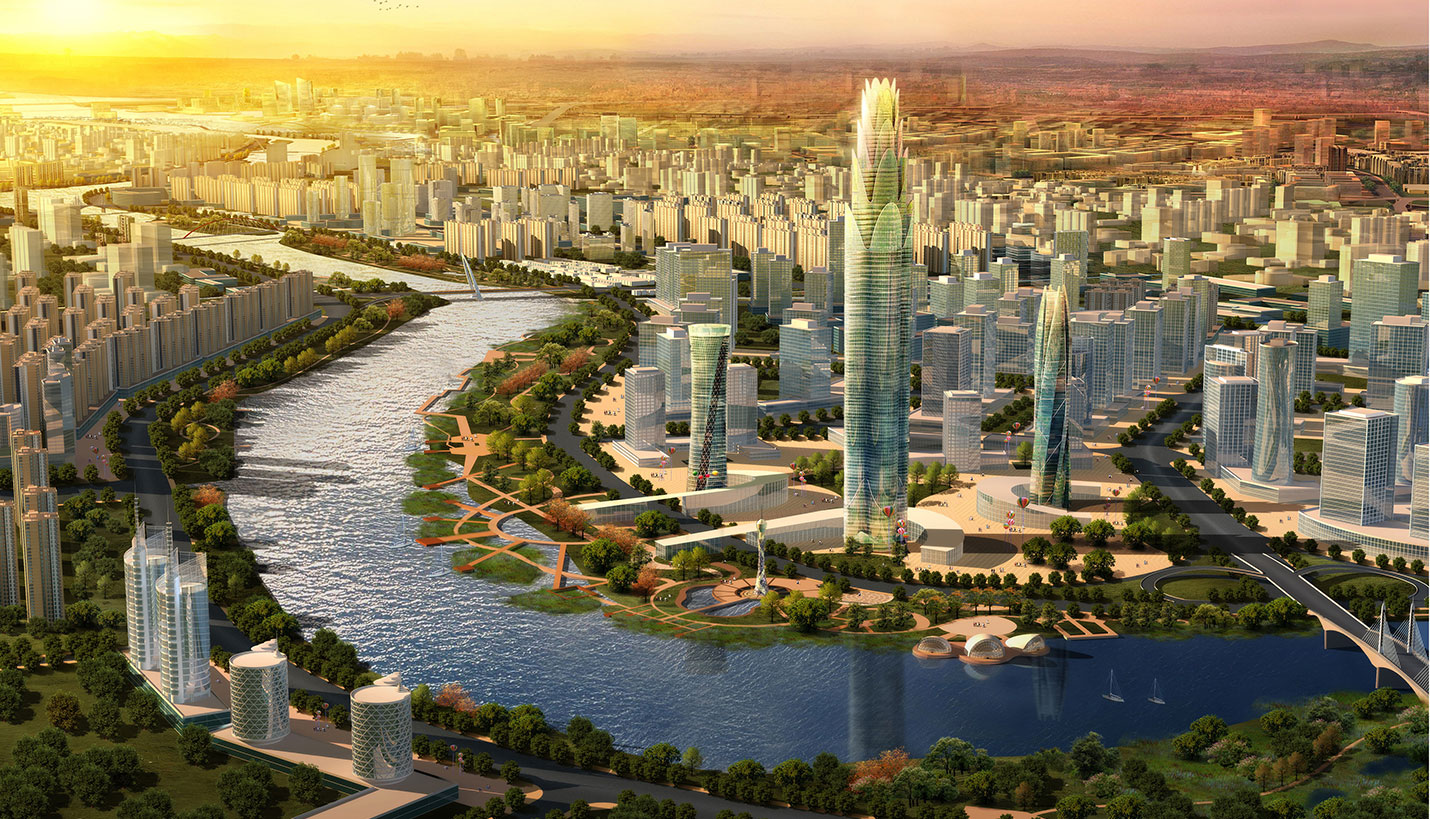
 Gansu Sheng-GS
Gansu Sheng-GS
 Ningxia Huizu Zizhiqu-NX
Ningxia Huizu Zizhiqu-NX
 Northwest China
Northwest China
 Qinghai Sheng-QH
Qinghai Sheng-QH
 Shaanxi Sheng-SN
Shaanxi Sheng-SN
 Xinjiang Uygur Zizhiqu-XJ
Xinjiang Uygur Zizhiqu-XJ

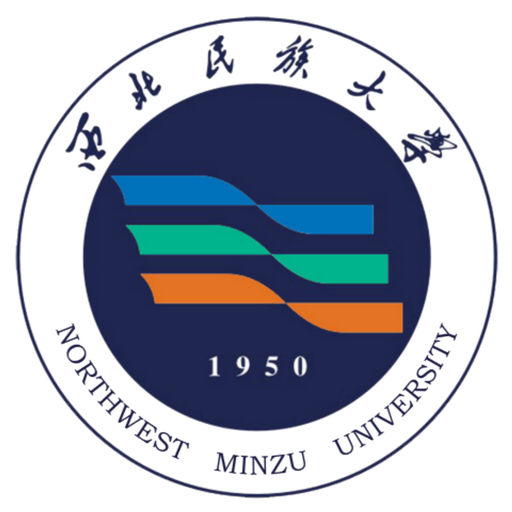

 *Yellow river
*Yellow river
 Gansu Sheng-GS
Gansu Sheng-GS
 Nei Mongol Zizhiqu-NM
Nei Mongol Zizhiqu-NM
 Ningxia Huizu Zizhiqu-NX
Ningxia Huizu Zizhiqu-NX
 Shaanxi Sheng-SN
Shaanxi Sheng-SN
 Shanxi Sheng-SX
Shanxi Sheng-SX
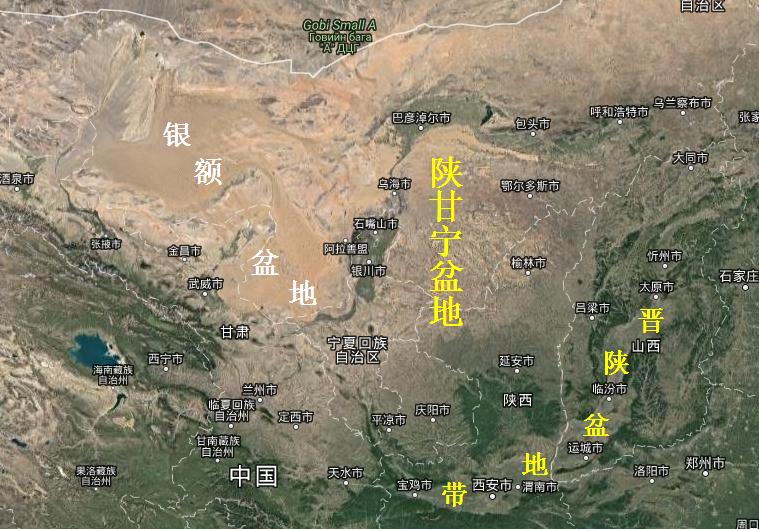
 *Yellow river
*Yellow river
 China
China
 Gansu Sheng-GS
Gansu Sheng-GS
 Hebei Sheng-HE
Hebei Sheng-HE

 Mongolei
Mongolei
 Nei Mongol Zizhiqu-NM
Nei Mongol Zizhiqu-NM
 Ningxia Huizu Zizhiqu-NX
Ningxia Huizu Zizhiqu-NX
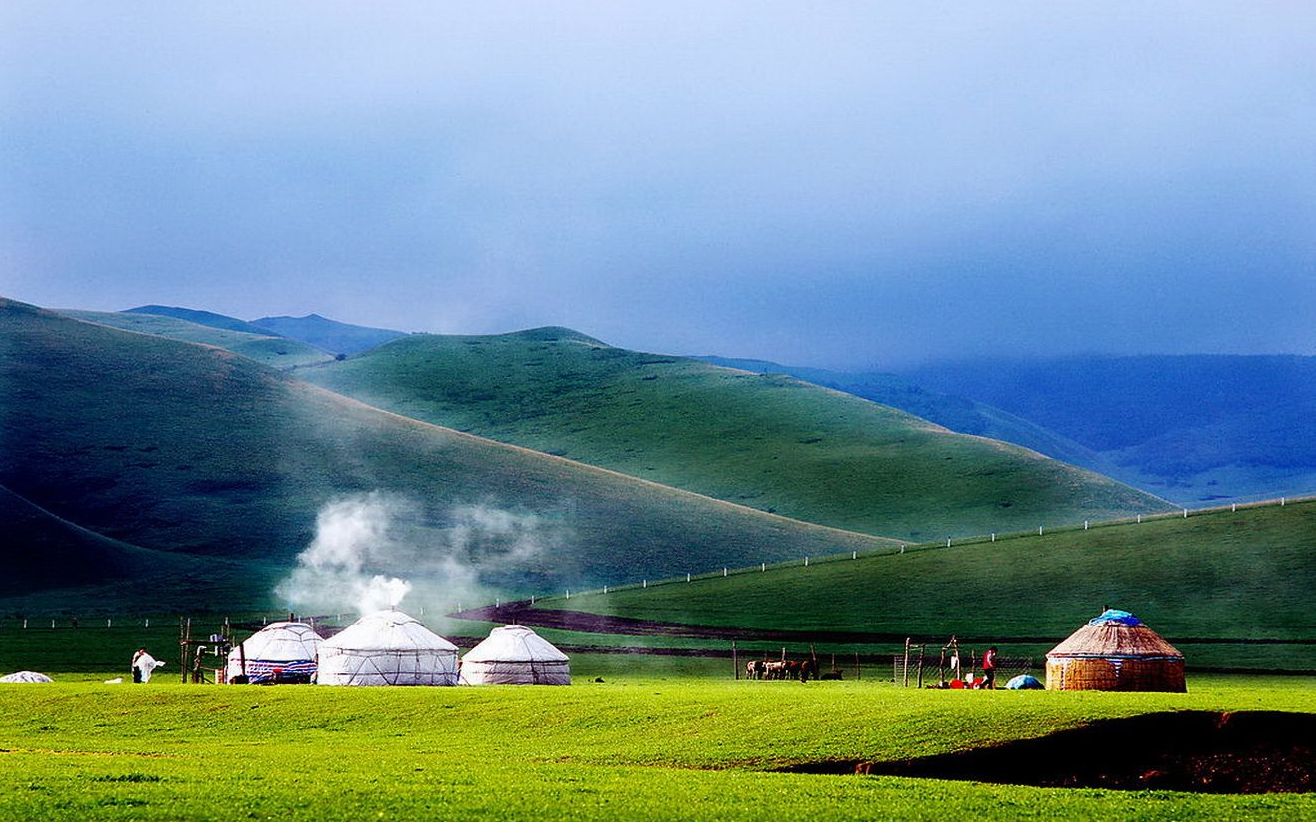
Das Plateau der Inneren Mongolei (內蒙古高原, Nei Menggu gaoyuan) ist ein sich quer über den Norden Chinas erstreckendes Hochland. Zusammen mit seiner west- und nördlichen Fortsetzung (Mongolisches Plateau) ist es das zweitgrößte Hochland Chinas nach dem Qinghai-Tibet-Plateau. Es reicht im Osten vom Großen Hinggan-Gebirge bis im Westen zum Mazu-Gebirge (馬鬃山 Mazu Shan) und Sukexielu Shan 苏克斜鲁山, im Süden entlang der Großen Mauer und im Norden grenzt es an die Mongolische Volksrepublik.
Das Plateau der Inneren Mongolei umfasst das gesamte Gebiet der Inneren Mongolei und einen Teil von Gansu, Ningxia und Hebei. Von West nach Ost ist es über 2000 Kilometer lang und von Nord nach Süd ca. 500 Kilometer. Das Plateau ist im Allgemeinen 1000 bis 1400 m hoch. Im Osten ist es niederschlagsreicher als im Westen.
Den Südteil des Plateaus bilden das Ordos-Plateau (鄂爾多斯高原) und die schmale fruchtbare Hetao-Ebene (河套平原, Hetao pingyuan). Im Ostteil und Nordteil liegen das Hulun-Buir-Plateau (呼倫貝爾高原), das Ujumqin-Becken (乌珠穆沁盆地, Wuzhumuqin pendi), das Xilin-Gol-Plateau (錫林郭勒高原) und das Ulanqab-Plateau (烏蘭察布高原), im Westen das Bayan-Nur-Plateau (巴彥淖爾高原) und das Alxa-Plateau (阿拉善高原). Das in Ostwest-Richtung verlaufende Yinshan-Gebirge (阴山, Yin Shan) liegt in seiner Mitte.
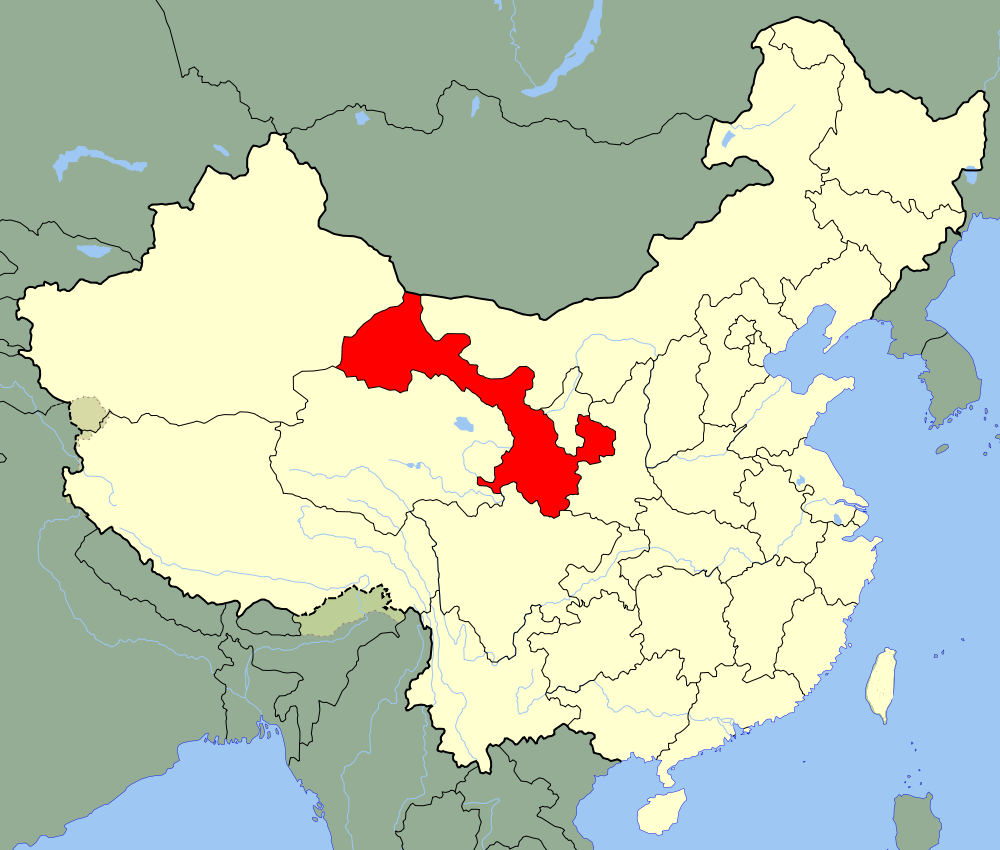

祁家黄河大桥于2006年8月9日开工建设,2009年9月19日建成通车,完成投资4200万元。项目起于永靖县刘家峡镇,止于东乡县董岭乡祁家村,全长828米,其中桥长248米,设计速度为40公里/小时,桥宽12米,桥梁设计荷载为公路-Ⅰ级。
祁家黄河大桥是我省国道干线公路上最后一座渡改桥工程,它的建成通车彻底结束了祁家黄河渡口摆渡带来的各种不便与安全隐患,使黄河两岸的永靖县和东乡县通车时间缩短了近1小时,大大提高了国道213线的通行水平和安全保障能力。

Das Qilian-Gebirge liegt im Durchschnitt 4 000–5 000 m hoch. Lange und breite Gletscher bestimmen die Landschaft. Die Schneegrenze liegt bei 4 000 m. Normalerweise herrscht oberhalb der Schneegrenz eine ewige Schnee- und Eiswelt und selten findet man dort noch ein Lebewesen. Am Qilian-Gebirge ähneln die aus ewigem Schnee entstandenen Gletscher riesigen weißen „Hadas“. Wunderbarerweise wachsen oberhalb der Schneegrenze des Qilian-Gebirges eine pilzartige Pflanze namens „Canzhui“ und die Schneeglocke, die ein kostbares chinesisches Heilkraut ist. Unter einigen Felsen wächst auch das Schneegebirgsgras. Man nennt diese zusammen die „drei Freunde in der Kälte“.(Quelle:http://www.chinatoday.com.cn)
 Transport and traffic
Transport and traffic

 Geography
Geography
 Architecture
Architecture
 Art
Art